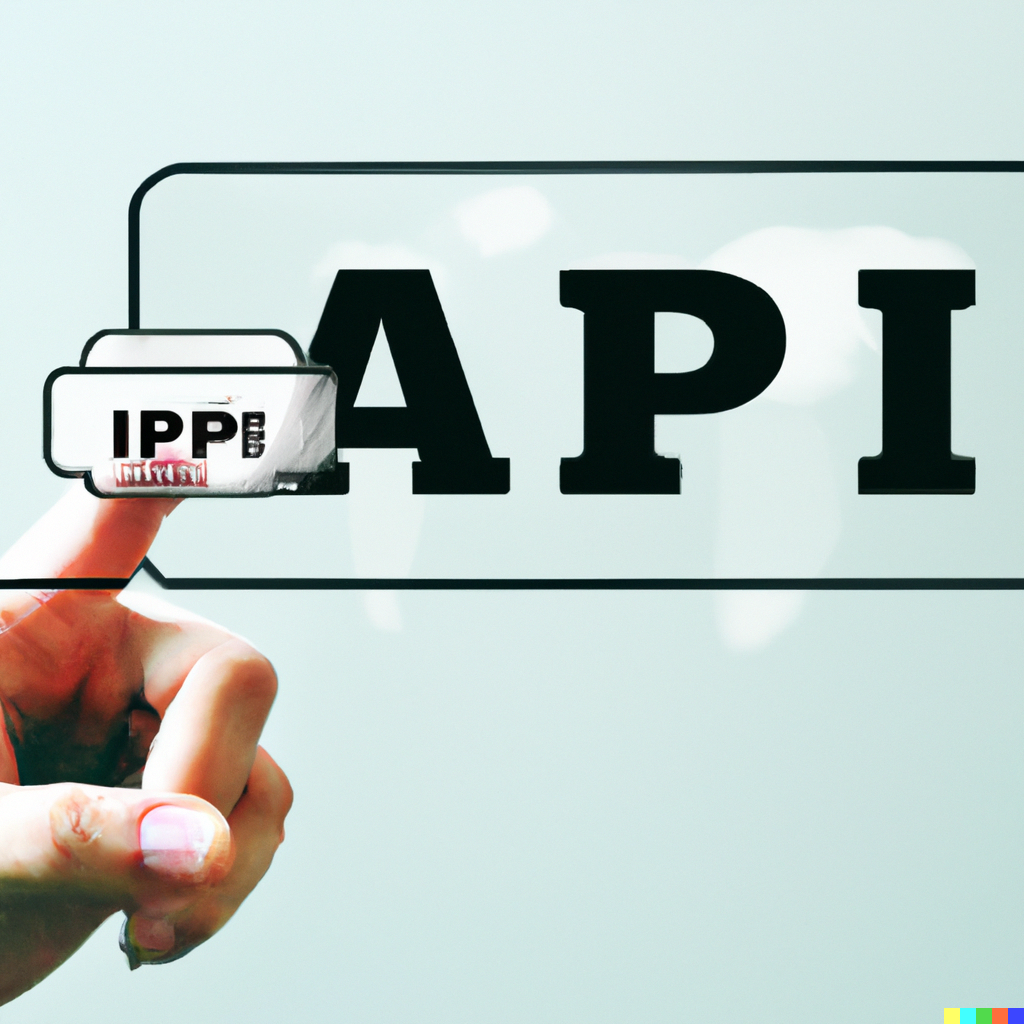Unlocking the Power of APIs: A Comprehensive Guide - Dive into the world of Application Programming Interfaces (APIs) with our detailed article. From understanding the basics to exploring real-world use cases, discover how APIs drive innovation, foster interoperability, and revolutionize modern software development.
In the fast-paced world of technology, Application Programming Interfaces (APIs) have become integral to the seamless functioning of countless digital services and applications. Yet, for many, the term "API" remains shrouded in mystery. In this comprehensive guide, we'll delve into the world of APIs, exploring what they are, how they work, and why they are essential components of modern software development.
What is an API? An Application Programming Interface, commonly known as an API, is a set of protocols, tools, and definitions that allows different software applications to communicate with each other. It serves as an intermediary that enables the exchange of data and functionalities between disparate systems, enabling developers to integrate third-party services into their own applications without needing to understand their inner workings.
How do APIs work? At its core, an API defines the methods and data formats that developers can use to interact with a service or application. When a developer wants to access a particular functionality provided by an API, they send a request to the API specifying the desired action and any required parameters. The API then processes the request, performs the necessary operations, and returns a response containing the requested data or indicating the outcome of the action.
Types of APIs:
- Web APIs: These are APIs that are accessed over the internet using standard web protocols such as HTTP. Web APIs are commonly used to enable interaction with web-based services, including social media platforms, payment gateways, and cloud-based storage services.
- RESTful APIs: Representational State Transfer (REST) is an architectural style for designing networked applications. RESTful APIs adhere to REST principles and use standard HTTP methods such as GET, POST, PUT, and DELETE to perform CRUD (Create, Read, Update, Delete) operations on resources.
- SOAP APIs: Simple Object Access Protocol (SOAP) is a protocol for exchanging structured information in the implementation of web services. SOAP APIs use XML-based messaging formats and can be more complex than RESTful APIs but offer features like security and reliability.
- GraphQL APIs: GraphQL is a query language for APIs that enables clients to request only the data they need, allowing for more efficient and flexible data retrieval. GraphQL APIs provide a single endpoint for executing queries and mutations, giving developers greater control over the data they receive.
Why are APIs important?
- Interoperability: APIs enable different systems to work together seamlessly, fostering interoperability between disparate applications and services.
- Scalability: By exposing functionalities through APIs, developers can scale their applications more easily by leveraging third-party services and cloud-based resources.
- Innovation: APIs empower developers to build new and innovative applications by combining existing services and functionalities in novel ways.
- Ecosystem Expansion: APIs allow companies to create ecosystems around their products and services, enabling third-party developers to extend their capabilities and reach new audiences.
Examples of API Use Cases:
- Social Media Integration: APIs provided by platforms like Facebook, Twitter, and Instagram allow developers to incorporate social features such as login, sharing, and posting into their applications.
- Payment Processing: Payment gateways like PayPal and Stripe offer APIs that enable developers to accept payments within their applications securely.
- Mapping and Geolocation: APIs such as Google Maps and Mapbox provide developers with access to mapping and geolocation services, allowing them to integrate interactive maps and location-based features into their applications.
- Cloud Services: Cloud providers like Amazon Web Services (AWS), Microsoft Azure, and Google Cloud Platform offer APIs for accessing a wide range of cloud-based services, including storage, compute, and machine learning.
Conclusion: In conclusion, APIs play a crucial role in modern software development, enabling seamless integration and interaction between different applications and services. By understanding the fundamentals of APIs and how they work, developers can harness their power to build innovative, scalable, and interconnected software solutions that drive the digital economy forward.
